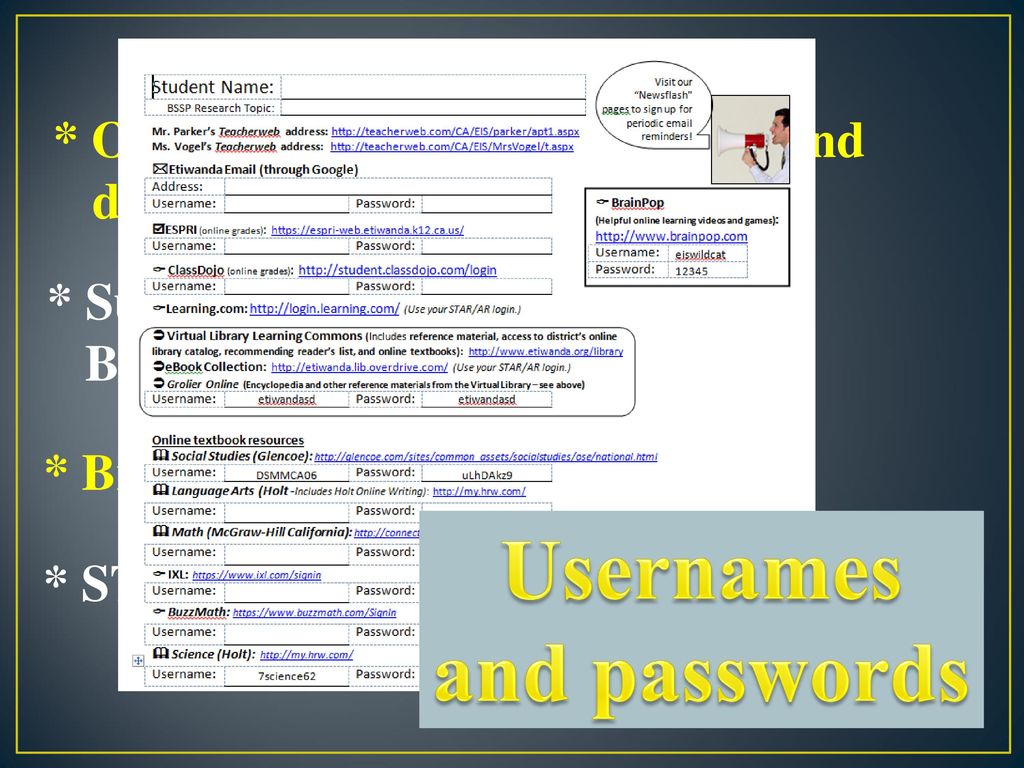- Plot Sequence, Literature, Sixth 6th Grade English Language Arts Standards, Grade Level Help, Internet 4 Classrooms Internet resources, teachers, students, children.
- 6th Grade Math email. All assignments can be found on the 6th grade. Corrections will improve your child's grade in the class as well as help.
This English Language quiz is called 'Parts of a Story' and it has been written by teachers to help you if you are studying the subject at middle school. Playing educational quizzes is a fabulous way to learn if you are in the 6th, 7th or 8th grade - aged 11 to 14.
Plot Introductionmrs. Parker's 6th Grade L.a. Class Submarine

It costs only $12.50 per month to play this quiz and over 3,500 others that help you with your school work. You can subscribe on the page at Join Us
When telling a story, there are five main elements used. These elements include: the plot, the characters, the conflict, the theme and the setting.
Hoot Unit - MRS. PARKER'S 6TH GRADE L.A. CLASS 'Hoot' by Carl Hiaasen is a great book for upper 5th grade students to 6th grade and lower 7th. There are many relevant themes teachers can focus on, including protecting endangered animals, accepting newcomers, bullying and friendship. This first lesson in a series covers chapters 1 through 6.
THE PLOT : The plot consists of a sequence of events that tells the entire story. The plot is divided into counter parts that include:
The exposition which is when the characters are introduced.
The rising action which sets up the conflict of the story.
The climax which is the turning point in the story where the character reaches the peak of the conflict. Generally, this conflict changes the character in some way.
The falling action which is when loose ends in the story are wrapped up or resolved.
The resolution which brings the story to a close.
Plot Introductionmrs. Parker's 6th Grade L.a. Classical
THE CHARACTERS: The characters include the main characters who will be part of the entire story, as well as secondary characters that help the main characters encounter the conflict and/or resolve the conflict.
Plot Introductionmrs. Parker's 6th Grade L.a. Classroom
THE CONFLICT : The conflict is the challenge the character(s) must face in order to grow and change who they are. Most stories contain several small conflicts and one large or major conflict.
THE THEME: The theme is the moral, social, religious or political views and opinions of the writer and their reason for telling the story.
THE SETTING: The setting tells us when and where the story takes place. It can also include weather conditions.
Sequence and identify the plot's main events, their causes, and the influence of each event on future actions in texts. 0601.8.2
Links verified on 6/23/2014

- Developing Story Structure With Paper-Bag Skits - lesson plan - interactive activity that will enhance their understanding of story structure and story elements
- Plot Chart - chart the plot with this graphic organizer
- Plot Development - article with example of how a plot is developed
- Circle Plot Diagram - interactive tool to chart a circle plot - demonstration of how to use this tool given
- Plot Diagram - interactive tool to chart beginning to ending of plot - demonstration of how to use this tool given
- Plot Outline - graphic chart for students
- Sequencing the Events of a Story Activities - a collection of resources at Internet4Classrooms
- Sequencing Worksheets - [scroll past their membership information] These are not interactive but can be printed or read online and answered on paper.
- Teaching Plot Structure through Short Stories - lesson plan to be adapted; identify the significant events that shape the structure of a familiar fairy tale, 'Jack and the Beanstalk,' using an online graphic organizer.
Plot Introductionmrs. Parker's 6th Grade L.a. Classroom Rules
site for teachers | PowerPoint show | Acrobat document | Word document | whiteboard resource | sound | video format | interactive lesson | a quiz | lesson plan | to print |
